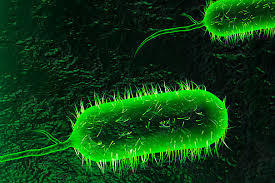Researchers at the Walter and Eliza Hall Institute recently developed the world’s first 3-D map of a protein that could prove crucial to identifying malaria parasites as they attack human red blood cells and spread throughout the body.
This map could provide scientists with the clues they need to create a vaccine that would counteract the most common species of malarial parasites. In addition, the map could raise the chances of developing a vaccine for the most common and deadliest parasites that transmit malaria to humans.
"[Plasmodium vivax] enters immature red blood cells by making proteins that recognize and bind to receptors on the red blood cell surface," project leader Wai-Hong Tham said. "We have produced the first 3-Dimensional, atomic resolution structure of the protein using the Australian Synchrotron in Melbourne. We now basically have a map of where the proteins are binding their receptors, which gives us the instructions we need to begin designing inhibitors that could be used in a malaria vaccine."
The results give scientists a better chance of developing tools that could effectively block P. vivax infections, preventing malaria from infecting a person.


